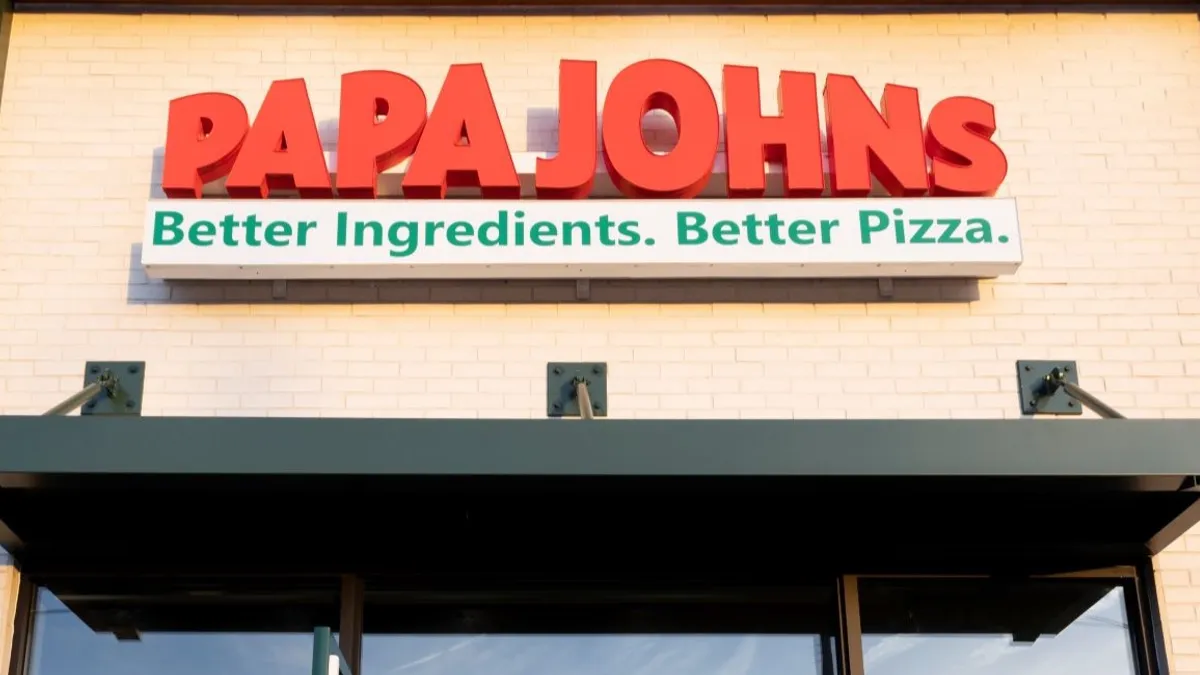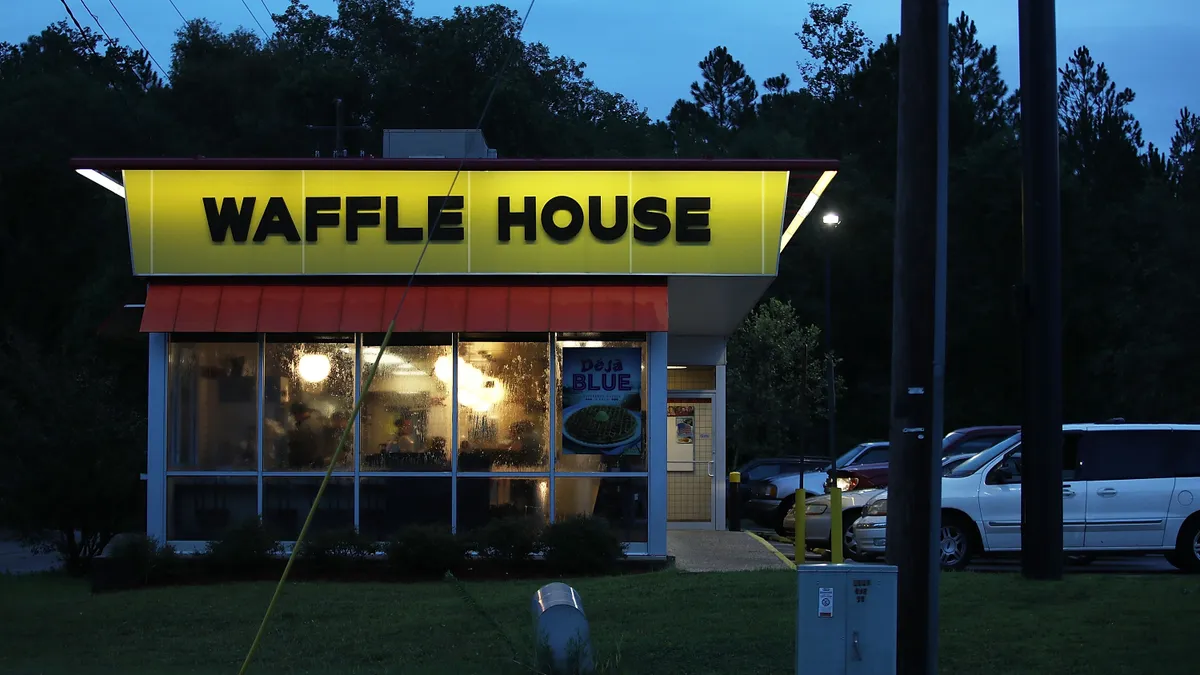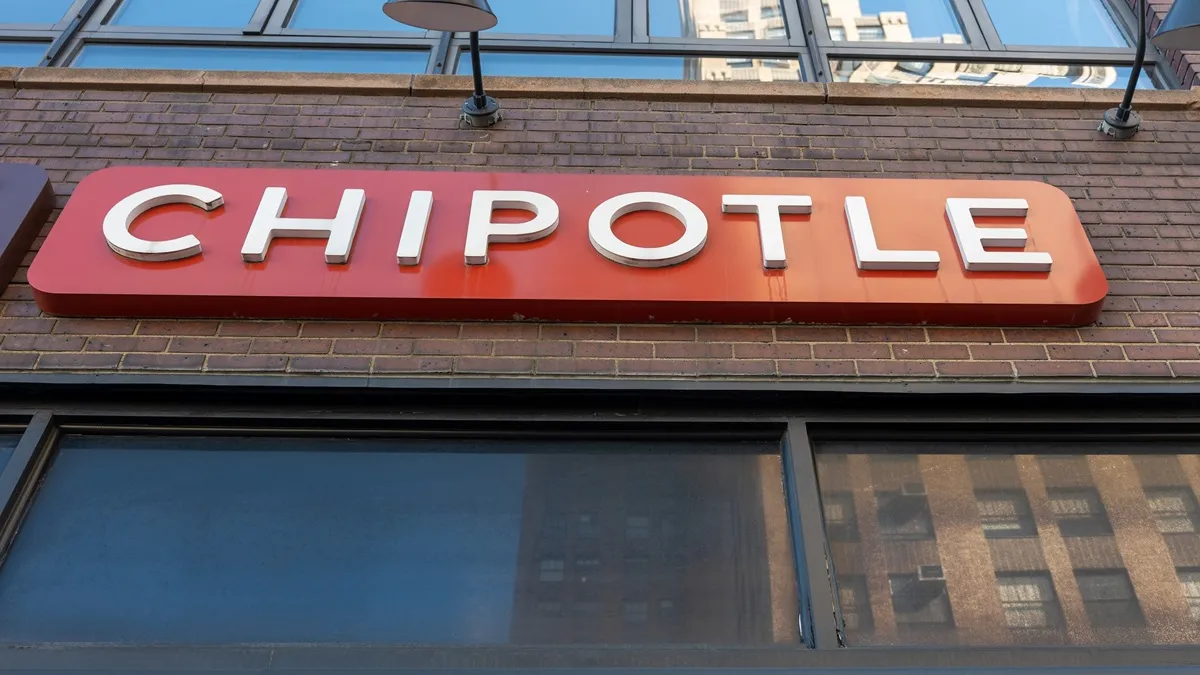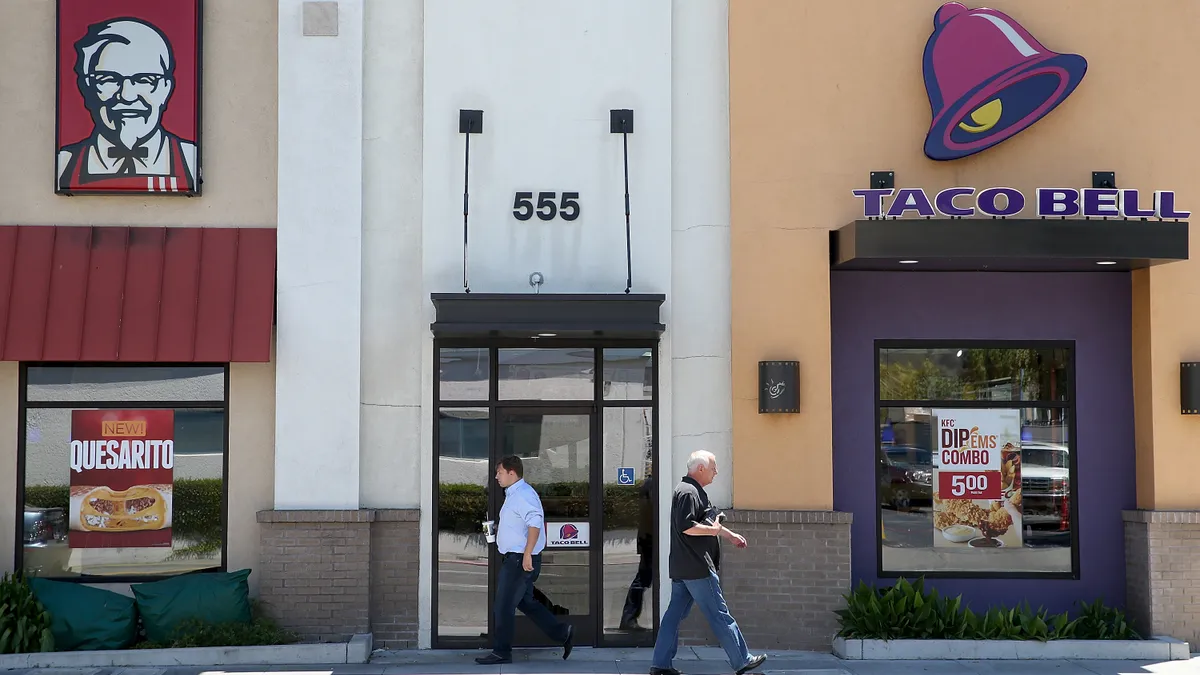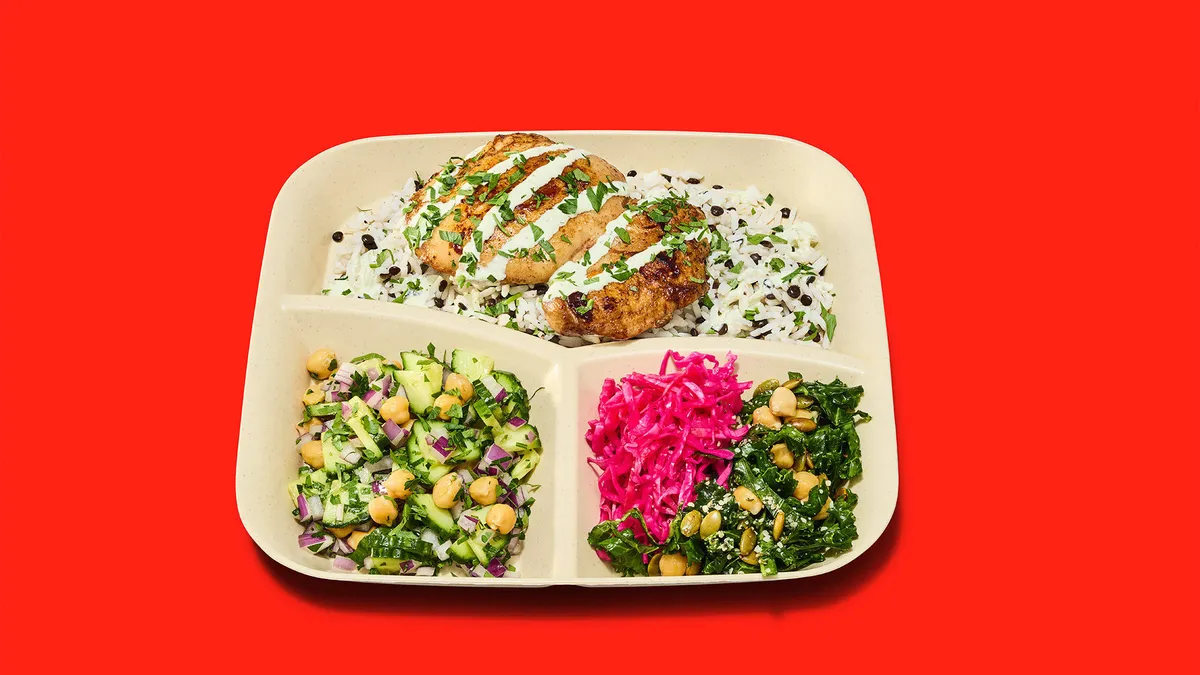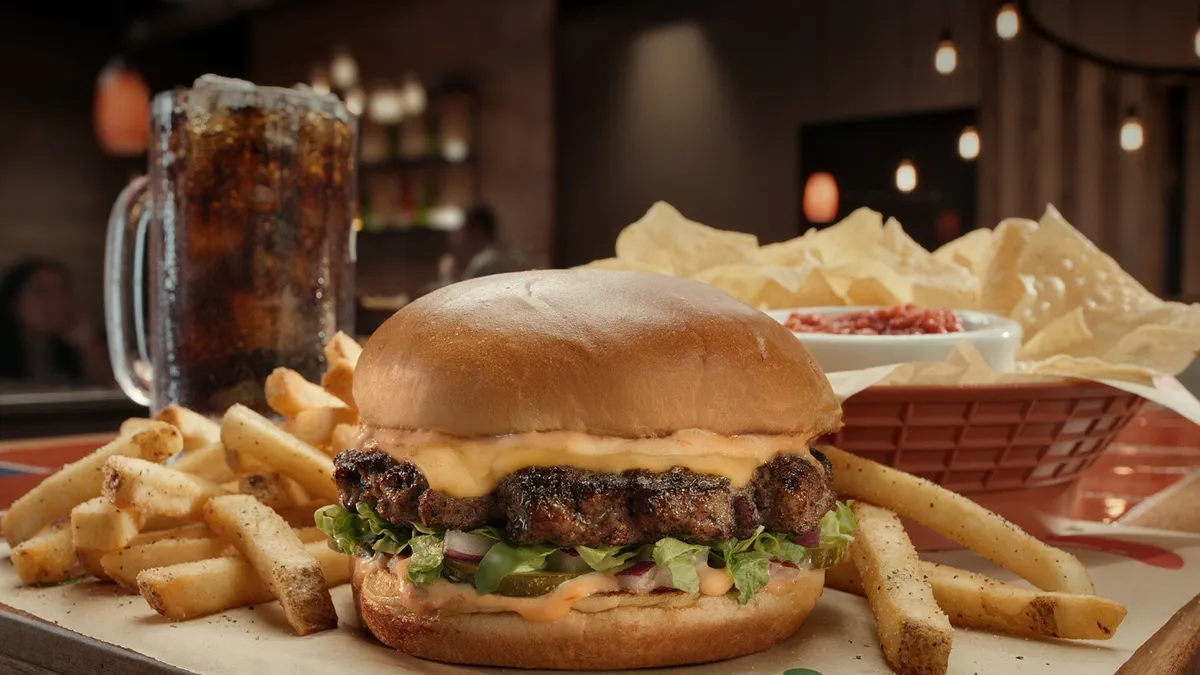Interim CEO Howard Schultz pushed for “a different kind” of leader to guide the company into the future. Now that incoming CEO Laxman Narasimhan has officially joined the company, the industry wonders: How will Starbucks evolve under his direction?
Narasimhan doesn’t take the helm until April 1, but his onboarding over the next six months will be an education in Starbucks’ biggest challenges and opportunities.
“He's coming in at a really pivotal time, I think, in the life cycle of Starbucks, because they've been going through tons of headwinds, both internally and [with] market positioning and really in defining who they are,” said Stephen Zagor, principal of Steve Zagor & Associates and assistant professor at Columbia Business School.
The coffee chain continues to struggle to respond to sweeping unionization across its stores, and must balance efforts to optimize its operations with barista demands for less complex, rushed work.
“The cost of unionization is high. The cost of fighting unionization is high, both in dollars and in public perception. So I think there's a huge challenge there,” said Rick Camac, executive director of industry relations at the Institute of Culinary Education.
Investing further in employees can be a gamble, however, because it puts short-term pressure on profitability in the hopes that improved worker happiness will translate to better sales and profitability in the long term, said Jim Balis, managing director of strategic operations at Capital Spring.
It’s a tough tightrope to walk — especially for a leader with no restaurant experience. But Schultz said in July the company must redefine its identity to meet the rapidly changing market, and experts agree. Some feel an outsider’s perspective could be key as well.
“The pandemic has turned what might have been evolutionary changes into revolutionary changes,” Zagor said.
Fresh strategy may help Starbucks protect its brand appeal in an increasingly competitive coffee sector. The chain has gone back and forth on whether the hyper customization of its drinks is helping or hurting its prospects. Experts agreed the company needs to decide on a point of differentiation and invest in that direction to remain relevant in this challenging environment.
Here’s what five experts think Narasimhan should prioritize as he navigates the myriad challenges and opportunities Starbucks faces over the next few years.
Anat Alon-Beck — assistant professor specializing in corporate governance, Case Western Reserve University School of Law
Alon-Beck said Narasimhan will have to balance the interests of a variety of stakeholders, including workers. The last couple of years have reemphasized the need for responsible corporate governance, she said.
Though the labor issue isn’t the only one facing the company, it poses a real problem for Starbucks’ leadership, Alon-Beck said. COVID-19 has permanently altered the labor market and shifted the way workers relate to their jobs.
“It really changed the way management can look at managing their human capital,” Alon-Beck said. “I was not impressed with what Starbucks leadership was doing.”
In Starbucks’ case, Alon-Beck said effective leadership might involve reaching an accord with Workers United and taking seriously the idea that employees are stakeholders.
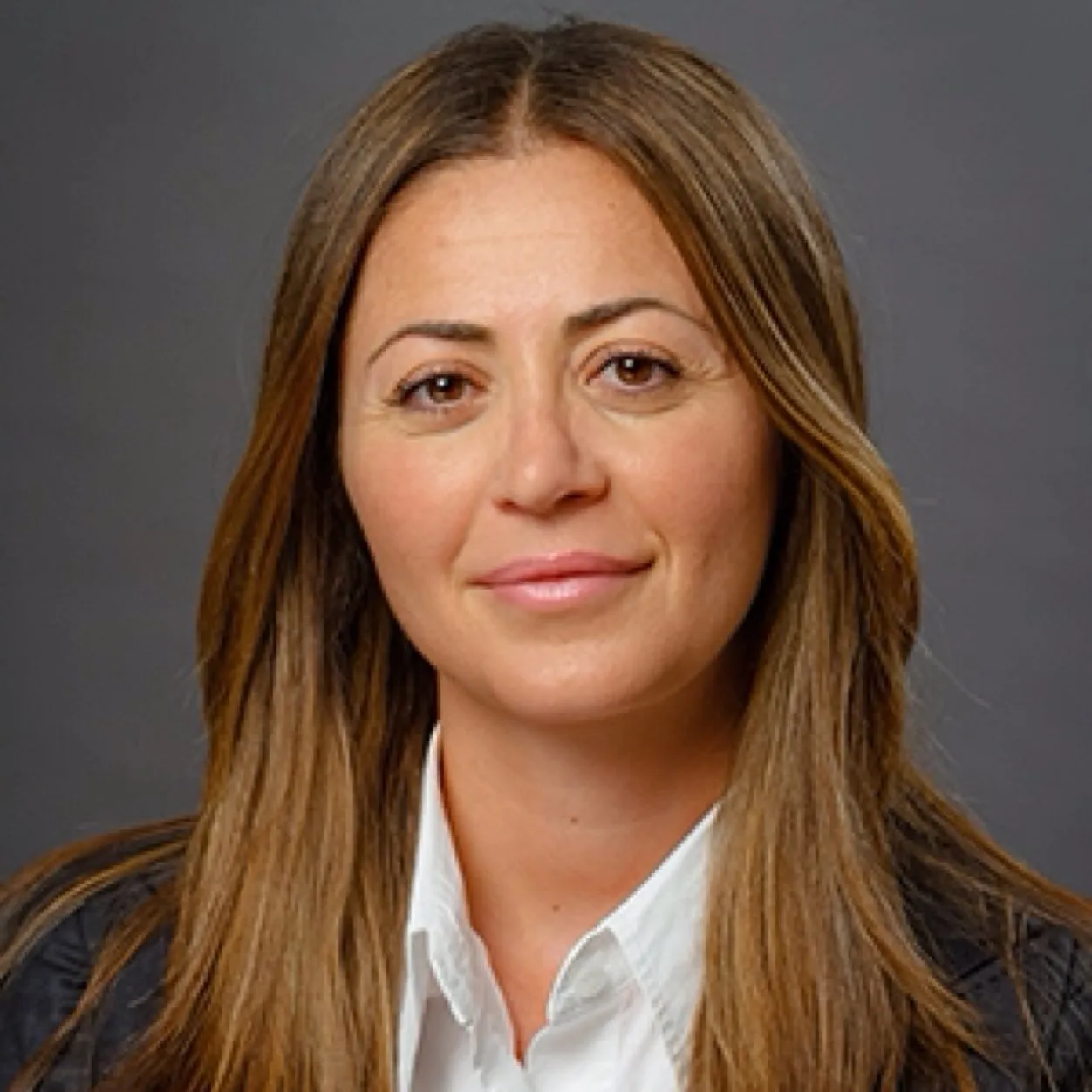
“They need somebody to be able to do a better job of handling [Starbucks Workers United] instead of crushing what's going on. Embrace it, and think about ‘how do we incorporate that into our business model?’,” Alon-Beck said. According to her, employers beyond Starbucks need to rethink their approach to labor as well.
Alon-Beck pointed to supply chain shocks and inflation as obvious macroeconomic challenges, but said public companies face a unique problem in adhering to commitments like stated sustainability goals. Failing to meet such goals could constitute a breach of fiduciary obligations, Alon-Beck said, making it important that Starbucks’ new CEO follow through on such pledges, rather than engaging in greenwashing.
“It's really [about] knowing how to take your stakeholders into account,” Alon-Beck said.
“CEOs that will fail to do that properly, it's going to hurt the firm, it’s going to hurt their reputation.”
Alon-Beck said she wasn’t surprised Narasimhan would spend several months sharing responsibilities with Schultz and that it was a reasonable way to acquaint an incoming CEO with the problems facing the company.
Stephen Zagor — principal, Steve Zagor & Associates and adjunct professor, Columbia Business School
Zagor believes Narasimhan’s first order of business should be establishing himself as an executive who genuinely prioritizes employee welfare. He argues that trust between workers and leadership is key to a healthy internal culture — a benchmark some critics feel the chain has lost its grip on.
“I think his biggest umbrella position would be not coming in as CEO, but coming in as CMO, meaning the chief management officer, who is in the trenches with the troops, and shows everybody that ‘I'm one of you,’” he said. “The employees need to feel that they're the first customer.”
Employee discontent with wages or other corporate support will eventually seep into customer perception and could hurt Starbucks’ reputation if it hasn’t already, he said.
“His number one task is kind of mending the fences and building the bridges,” Zagor said.
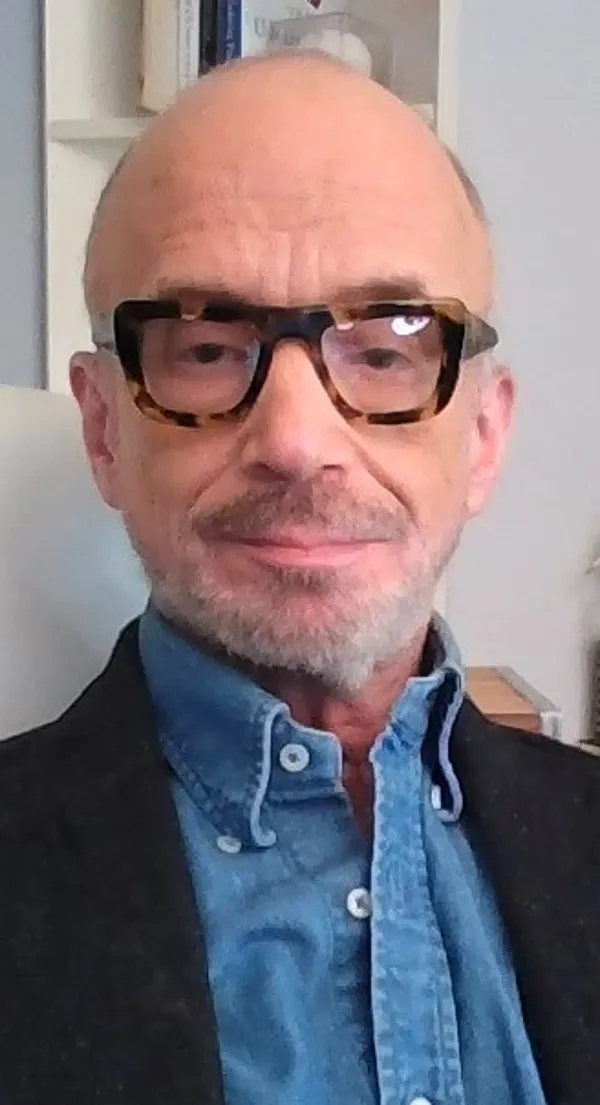
Improving Starbucks’ offerings as a workplace is one obstacle, but Zagor believes the coffee giant also needs to refine its identity in the eyes of the customer, and decide what it means to be a “third place” in the current competitive landscape. Does Starbucks want to emphasize its local impact on communities or its national, ubiquitous scale? These are the questions of identity the chain needs to wrestle with, Zagor suggests.
“Starbucks has become the McDonald's of coffee. And that may not be a bad thing… that may be maximizing shareholder value. It may be transferring it to a new evolution. But they have to understand what they're doing there,” he said.
Zagor predicts Narasimhan’s outsider perspective, combined with Schultz’s deep insight into the restaurant business, could help the chain tackle internal and external challenges.
“I always look at businesses … as a team, not as a solo, revolutionary person who's going to kind of manage the entire process,” he said.
Jim Balis — managing director, strategic operations group, Capital Spring
Balis argues Starbucks’ biggest threat is increasingly competitive coffee rivals who are outperforming the Seattle-based brand on profitability and menu development.
“There are a lot of players out there that are signing on to significant growth agreements. Seven Brews would be one that comes to mind that signed up agreements in almost every state. We're going to see some massive growth in some of these other brands,” he said. “So understanding the competitive landscape and how you differentiate is going to be key.”
Balis believes Starbucks has grown too comfortable relying on familiar seasonal LTOs to engage its audience base and that rival menus that make substantial food and drink changes could draw customers away.
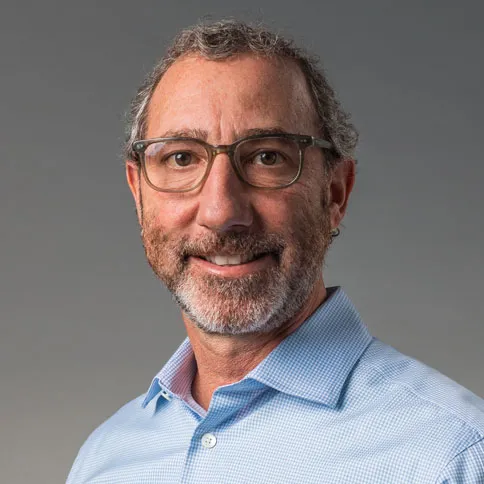
“The brand is going to have to continue to evolve from an R&D standpoint in [its] beverage and food offering,” he said.
The company also needs to reckon with its customers’ expectations around highly customized drink orders and decide if the back-of-house costs of this variability is worth the point of differentiation.
“Unfortunately, what they've done is they've set [customization] as table stakes for themselves, whereas I think it's less expected elsewhere,” he said.
Rick Camac — executive director of industry relations, Institute of Culinary Education
Camac believes Narasimhan should continue Starbucks’ experimentation around Web3 offerings, such as its recently announced loyalty integration with NFTs, as this emerging marketplace could offer new territory for the chain to establish dominance.
“[Narasimhan] has to prioritize modernization,” he said. “I think it's smart for him to kind of stay ahead of that curve and get the best bang for the buck [with Web3], so to speak.”
When it comes to how to prioritize the chain’s challenges, however, Camac feels Narasimhan faces a mixed bag of obstacles. He argues the company’s allowance for hyper-customization of drinks may be the root of both employee frustration and claims of inadequate training, as well as cost problems.
“Choice overload is an issue when you have too many products to offer. It means there's too many things that you have to keep in stock, which makes your inventory expensive, leads to waste… [and] more training,” he said. “If you had to make 10 different things versus making five different things, it's harder to train for 10.”
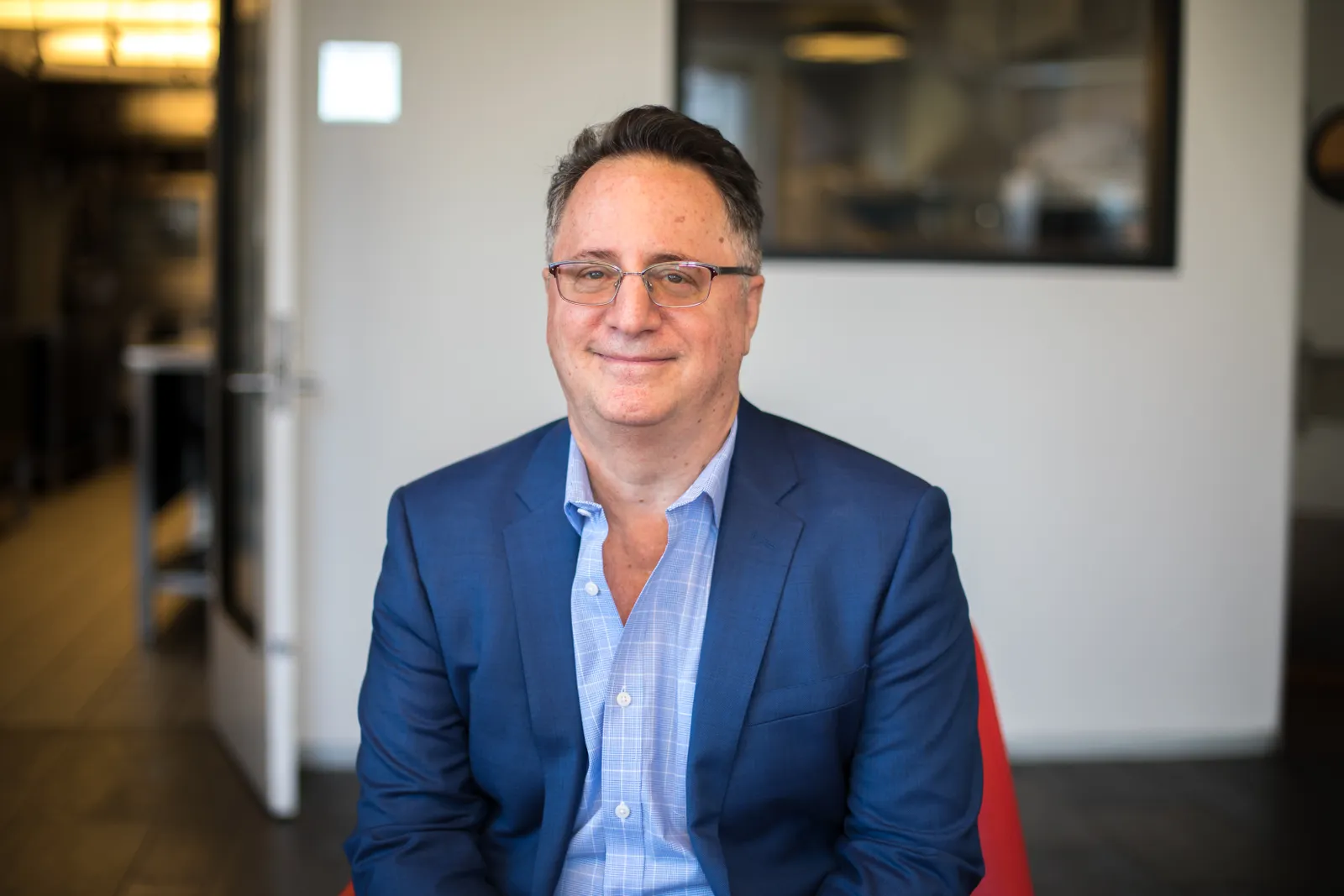
Changing worker perception about the foodservice industry at large also poses a problem, since few employees in this sector view this kind of work as a career, Camac said. This mindset makes it harder to motivate and retain staff, he said.
“A lot of people decided that this industry is way too hard and it doesn't pay well enough and it doesn't train well enough and we don't take care of our people,” he said. “[If] you’re at the lowest level of the [Starbucks] pay chain, you're expected to have that great smile and know how to make 50 different things and give great customer service.”
The company also has a consumer perception problem, he believes, arguing that Starbucks’ handling of the union drive among its workers has soured its value proposition.
“Starbucks started as a company that had a fantastic culture, and it was really what it was all about and what made it special. And to some degree I think it made it less vulnerable to price,” he said.
As that culture is undermined, consumers will become increasingly aware of how much they are paying for Starbucks offerings, he said.
“If you're not offering us things that are important to us as consumers … why am I spending $7 for a cup of coffee when I can go to a local diner and get it for $3?” Camac said. “Then all of a sudden value perception becomes more important.”
Peter Saleh — managing director and restaurant analyst, BTIG
According to Saleh, Narasimhan should prioritize technological innovation around automation and store throughput to improve speed of service and maintain Starbucks’ competitive edge.
“I don't think he can do much on commodity inflation. There's not much he can really do on labor inflation. I think he's got to focus on operations and demand,” he said.
Much of that emphasis should be on back-of-house operations, Saleh said.
“One of the big takeaways from the investor day was this new Siren [kitchen] system, which is going to cut in half the time it takes to create some of their beverages. … Cutting that in half is going to be substantial,” he said. “One focus is going to be on how fast can [they] deploy that across the system.”
Saleh is concerned that leading Starbucks’ complex operations could be challenging for Narasimhan, however.
“I found it strange that they eliminated the COO position … and then they brought on a CEO who doesn't have any restaurant operating experience. So this leads me to believe that Howard [Schultz] is going to be much more involved for longer than people expect or anticipate in this revitalization effort,” he said. “I don't think this is going to be Laxman’s show in my opinion.










